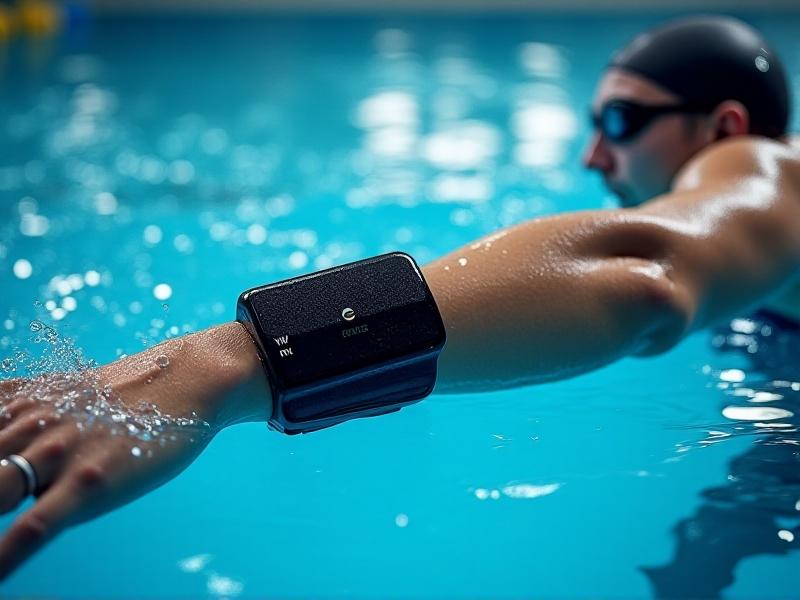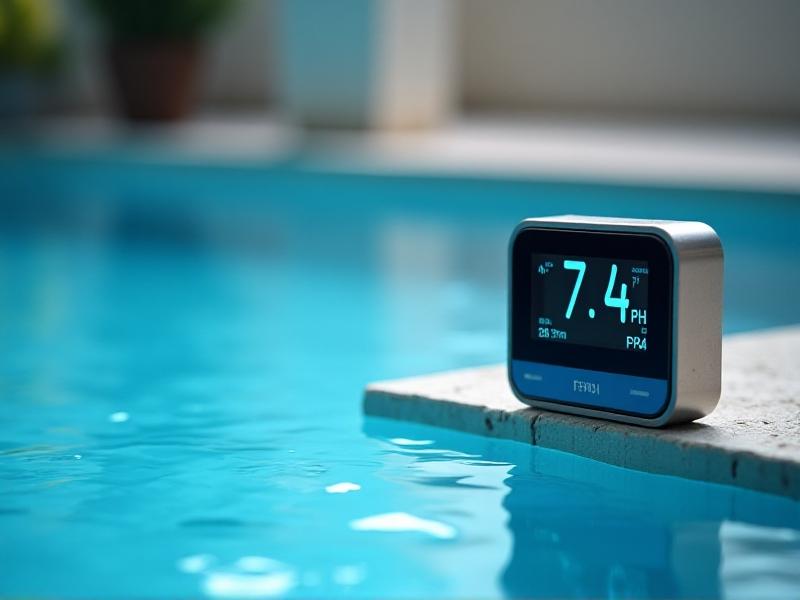Non-Newtonian Fluid Resistance Training
What is Non-Newtonian Fluid Resistance Training?
Non-Newtonian Fluid Resistance Training is an innovative approach to fitness that leverages the unique properties of non-Newtonian fluids to create dynamic resistance. Unlike traditional resistance training, which relies on weights or elastic bands, this method uses fluids that change their viscosity in response to force. When you apply pressure, the fluid becomes thicker, providing resistance. When you move slowly, it remains fluid, allowing for smoother motion. This creates a highly adaptable and efficient workout experience.
The Science Behind Non-Newtonian Fluids
Non-Newtonian fluids, such as oobleck (a mixture of cornstarch and water), exhibit fascinating behavior. Their viscosity changes based on the applied stress, making them either liquid-like or solid-like. This property, known as shear-thickening, is the foundation of Non-Newtonian Fluid Resistance Training. When you push or pull against the fluid, it resists your movement, creating a variable resistance that adapts to your strength and speed. This makes it an excellent tool for building muscle, improving coordination, and enhancing overall fitness.

Benefits of Non-Newtonian Fluid Resistance Training
This training method offers several unique advantages. First, it provides variable resistance, which challenges muscles in ways that traditional weights cannot. Second, it reduces the risk of injury, as the fluid absorbs impact and adapts to your movements. Third, it’s highly versatile, suitable for strength training, rehabilitation, and even sports-specific drills. Additionally, the tactile and engaging nature of working with non-Newtonian fluids makes workouts more enjoyable and motivating.

How to Incorporate Non-Newtonian Fluids into Your Workout
Integrating non-Newtonian fluids into your fitness routine is straightforward. Start by creating a simple oobleck mixture using cornstarch and water. Use it in exercises like squats, lunges, or arm curls by placing your hands or feet into the fluid and moving against its resistance. For more advanced workouts, incorporate containers of fluid into lifting or pushing exercises. The key is to experiment with different speeds and pressures to maximize the fluid’s resistance and engage your muscles effectively.

Non-Newtonian Fluid Training for Rehabilitation
Non-Newtonian Fluid Resistance Training is particularly beneficial for rehabilitation. Its adaptive resistance allows patients to perform low-impact exercises that strengthen muscles without straining joints. For example, individuals recovering from knee injuries can use the fluid to improve mobility and build strength gradually. The fluid’s ability to absorb impact also makes it ideal for reducing stress on injured areas, promoting faster and safer recovery.
Comparing Non-Newtonian Fluid Training to Traditional Methods
While traditional resistance training relies on static weights or elastic bands, Non-Newtonian Fluid Resistance Training offers a dynamic and adaptable alternative. The fluid’s variable resistance challenges muscles in unique ways, promoting greater muscle activation and growth. Additionally, the fluid’s ability to absorb impact reduces the risk of injury, making it a safer option for many individuals. However, traditional methods still have their place, particularly for those seeking precise control over resistance levels.
Creative Applications of Non-Newtonian Fluids in Fitness
Beyond traditional exercises, non-Newtonian fluids can be used creatively in fitness. For example, they can be incorporated into obstacle courses, team-building activities, or even dance routines. Their tactile and engaging nature makes them ideal for group workouts, fostering camaraderie and motivation. Additionally, the fluid’s unique properties can be used to simulate real-world challenges, such as pushing through mud or snow, enhancing functional fitness.
Safety Considerations for Non-Newtonian Fluid Training
While Non-Newtonian Fluid Resistance Training is generally safe, there are a few considerations to keep in mind. First, ensure the fluid mixture is the right consistency—too thick, and it may be difficult to move; too thin, and it won’t provide adequate resistance. Second, be mindful of hygiene, as the fluid can become contaminated with repeated use. Finally, start with low-intensity exercises and gradually increase the difficulty to avoid overexertion or injury.
Future Trends in Non-Newtonian Fluid Resistance Training
As fitness enthusiasts and professionals continue to explore innovative training methods, Non-Newtonian Fluid Resistance Training is poised to grow in popularity. Advances in fluid technology may lead to more specialized and effective training tools. Additionally, the integration of non-Newtonian fluids into virtual reality or augmented reality workouts could create immersive and engaging fitness experiences. The possibilities are endless, making this an exciting area to watch.






